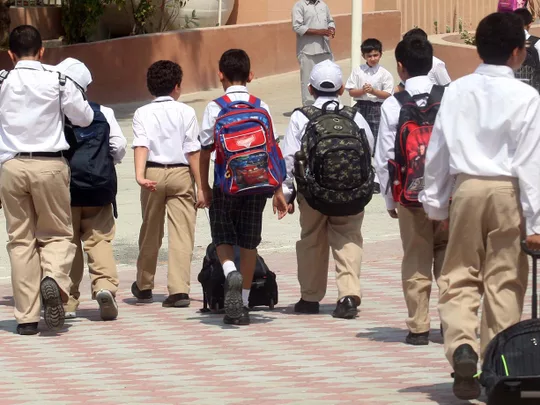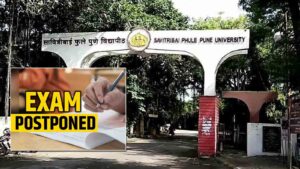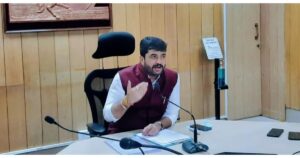Maharashtra to Incorporate Classes up to Grade 8 into Local Self-Government Primary Schools

Pune govt schools to have attendance bots for students from Dec 1
The state department of education has decided to integrate all classes up to Class 8, including lower secondary classes, into local self-government primary schools in Maharashtra as part of the changes being made to the education system in accordance with the National Education Policy (NEP) 2020. The goal of this initiative is to empower and upgrade these schools while also monitoring the dropout rate among students from these institutions.
All children between the ages of six and fourteen are entitled to free education, as stipulated by the children’s right to free and compulsory education. This duty falls on the state and local governments. Several actions have been taken to empower teachers and raise the standard of education, according to information provided by the state department of education. Primary schools located one kilometer from the child’s home and upper primary schools located three kilometers away will have access to transportation.
The process for adding Class 5 to a school that offers classes up to Class 4 and Class 8 to a school that offers classes up to Class 7 has been prescribed in accordance with the revised structure. Additionally, it has been suggested that the state establish combined schools for classes 1 through 8, 10, and 12, and 1 through 12.
According to the state minister of education, Deepak Kesarkar, upgrades for local government schools have been approved. However, since these schools don’t have as much funding as new ones, they won’t be able to provide the extra teachers and physical space needed for upgrades or class additions. A limited number of “PM (Prime Minister) Shree” schools have been established nationwide by the national government. When selecting the schools, government or local government schools offering classes 1 through 10 or 12 are given precedence. Since the facilities are connected, it is important to select schools that offer classes 1 through 12; the highest number of these schools should be prioritized.
Kesarkar went on to say that all state children must finish school up to class 12 by the time they turn 18 and that this responsibility will be shared by the federal government and local governments. The state’s government and local government schools will be set up so that students receive an uninterrupted education until they turn eighteen. Local self-government bodies will take the necessary steps to establish pre-primary education facilities in locations unrelated to schools. The district’s chief executive officer, the zilla parishad or commissioner, and the municipal corporation have all been informed that additional upper primary and secondary classes may be added if needed.










